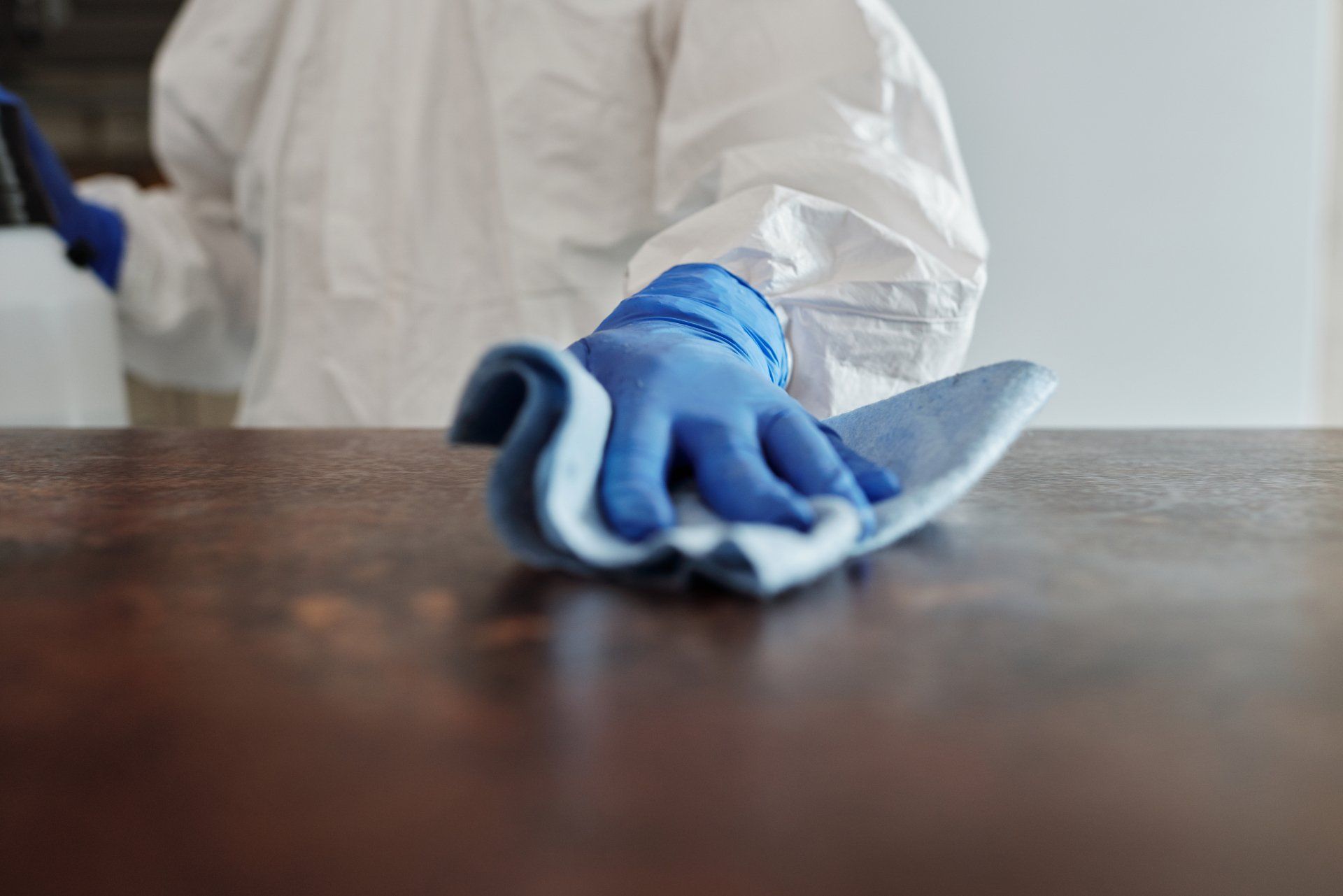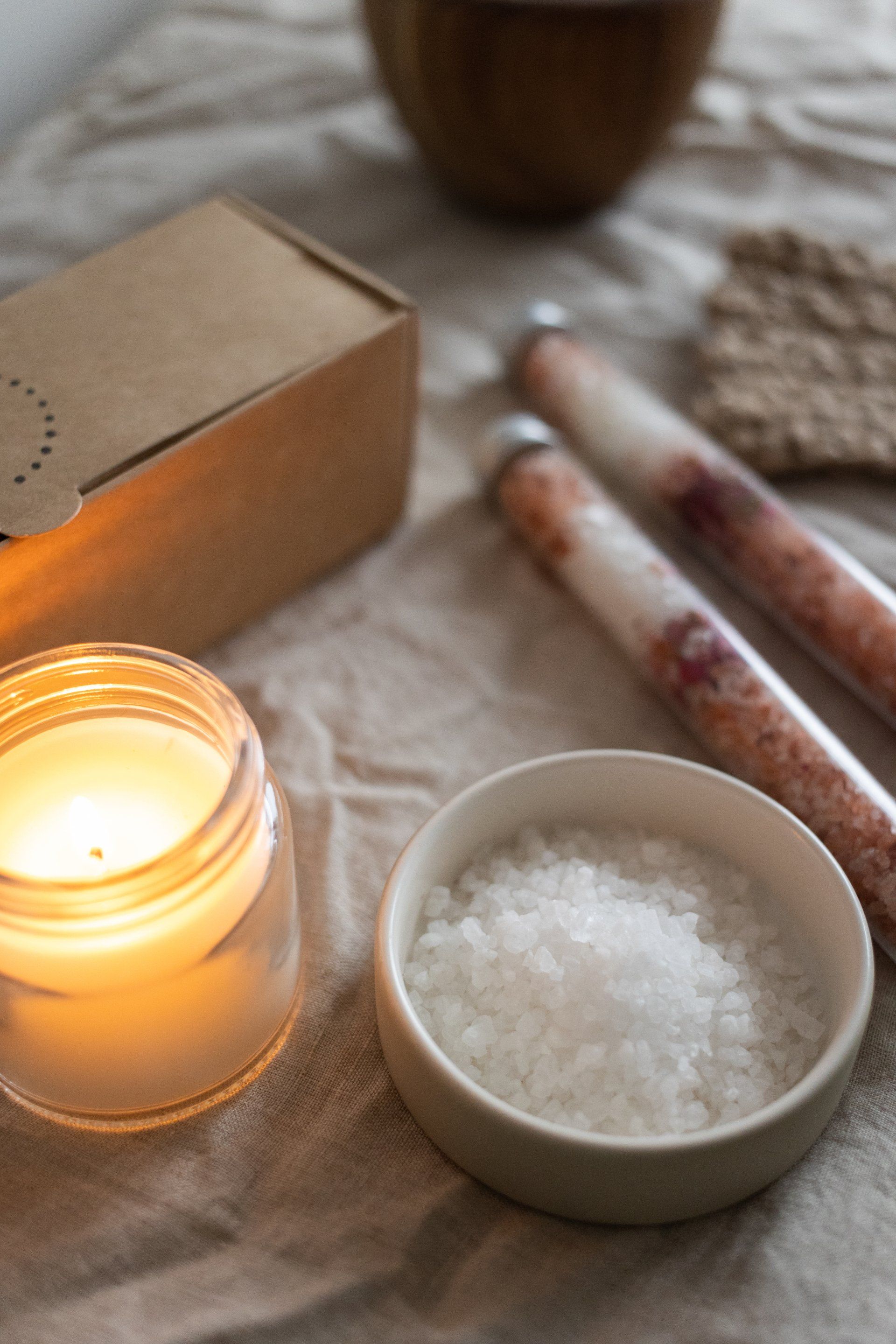Preparing Texas Home for Summer | Cleaning Appliances, Pool, etc
1. Air Conditioning Unit:
Deep clean your air conditioner or HVAC system to ensure efficient cooling during the hot season, and change the filter.
2. Windows:
Clean your windows inside out. It not only improves the appearance but also allows more sunlight to brighten your room.
3. Ceilings and Walls:
Remove all the dust build-up on your ceilings and walls, especially in corners.
4. Ceiling Fans:
Dust your ceiling fans thoroughly as they would have collected plenty of dust during the winters.
5. Outdoor Spaces:
Clean your patios, decks, outdoor furniture, and grills. Summer is great for outdoor activities.
6. Kitchen:
Deep clean your fridge, oven, and microwave. Don't forget to clean under the appliances.
7. Bathroom:
Scrub your tubs, sinks and toilets. Vinegar helps remove hard water stains.
8. Carpets and Rugs:
Deep clean all your carpets and rugs to remove any dust and allergens.
9. Closets:
Clean out and organize all your closets. Remove winter gear and make space for summer clothes.
10. Garage:
Organize, declutter, and clean your garage. Dispose of unnecessary items.
11. Windows and Doors:
Clean and check the seals of your windows and doors to prevent hot air from entering your home.
12. Pool:
If you have a pool, get it cleaned and prepared for the summer season.
13. Gardening Tools:
Clean and sharpen gardening tools for the upcoming gardening season
14. Gutters and Downspouts:
Clear out any leaves or debris accumulated in your gutters and downspouts.
15. Laundry Room:
Clean your washer and dryer, including their filters
16. Grills:
Clean the grills and get them ready for a summer barbecue
17. Basement:
Don't forget the basement. Dust, clean, and dehumidify to prevent any dampness or mold.
18. Home Exterior:
Power wash your home's exterior to remove any gathered grime.
19. Pest Control:
Consider pest control, especially if you live in an area prone to insects or rodents.
20. Smoke Alarms:
Test and clean your smoke detectors to ensure they are working correctly
Step-By-Step Guide To Cleaning Your Dryer Vent Effectively
One critical aspect often overlooked is the maintenance of appliances that play pivotal roles in managing indoor climates and water usage—namely, your dryer vent, washing machine, and heating system. Ensuring these are in top condition can significantly impact your home's readiness for summer.
The dryer vent, for instance, might seem unrelated to coping with heat. However, a clogged vent can strain your dryer, leading to longer
running times and consequently higher indoor temperatures. This not only adds unnecessary warmth but also increases energy consumption. Cleaning out lint and debris from the vent improves efficiency and mitigates this risk.
1. Gather Necessary Tools: You would need screwdrivers, a vacuum cleaner with a long hose attachment, a dryer vent cleaning kit or brush, rubber gloves, and a mask.
2. Disconnect the Dryer: Before you start cleaning your vent, disengage your dryer from its power source for safety reasons. If you use a gas dryer, be sure to turn off the gas as well.
3. Find the Dryer Duct: It’s usually located at the back of the dryer and goes into the wall to an exterior vent.
4. Disconnect the Duct: Use your screwdriver to unhitch the dryer duct from the dryer and the wall. This will give you access to the vent and enable you to clean it effectively.
5. Clean the Duct: Insert the dryer duct cleaning brush into the duct, and scrub to remove all the lint buildup. You can use a vacuum cleaner with a long hose attachment to extract the lint.
6. Clean the Exterior Vent: Your exterior vent will also have accumulated lint. Detach the cover if possible, and use your cleaning kit or brush to scrub it clean. Use the vacuum cleaner as well to suck up any remaining lint.
To begin with, locate the dryer’s exhaust vent on the outside of your house. This is where you'll start the cleaning process. Disconnect your dryer from its power source for safety before proceeding. If you have a gas dryer, be extra cautious to avoid disturbing the gas line.
You might find an accumulation of lint and debris—this is what you need to clear out.
Employing a high-quality vent cleaning brush kit, insert the brush into the ductwork. Use a gentle rotating motion to collect lint buildup as you slowly push the brush through. Depending on how long or curved your ductwork is, you might need to work from both ends.
Once you've brushed through thoroughly, vacuum any loose lint from both ends of the ductwork and around your dryer's lint trap housing. Reattach everything securely before plugging in and running a test cycle on your dryer.
Executing this maintenance task at least once yearly ensures better airflow through your dryer vent, significantly reducing drying times and safeguarding against overheating risks during those hot Texas summers.
DIY - Tips For Deep Cleaning Your Washing Machine With Cold Water
Next, run your washer on its longest cycle at the coldest temperature setting. The agitation from the cycle will ensure that the vinegar-baking soda mixture reaches all parts of your machine. This natural concoction works wonders in breaking down grime and freshening up your washer without using hot water.
Once the cycle is complete, wipe down the inside drum with a clean cloth to remove any remaining residue. Don't forget to clean the rubber gaskets and door seal manually as these areas can harbor moisture and lead to mold growth.
By incorporating this simple yet effective cold-water cleaning routine monthly, you'll extend your washing machine's lifespan while ensuring it runs efficiently throughout the sweltering Texas summer months — all without
putting additional stress on its heating elements.
Ensuring Sufficient Pool Maintenance in Hot Texas Summers
Summer in Texas is brutal, and when the sun is beating down on you, nothing beats taking a nice long dip in the pool to cool off. However, having a pool means more than just enjoying it. It requires proper and necessary maintenance to keep it clean, safe, and ready for swimming, especially during the hot summers in Texas. Here are some tips to help you maintain your pool during the Texas summers:
- Regular Cleaning: Even if you're not using your pool frequently, dust, leaves, and other debris will accumulate over time. Using a pool skimmer or cleaner will ensure that your pool is free from these unwanted particles.
- Balance the Chemicals: The hot sun and heat in Texas can affect your pool's chemical balance. Regularly test your pool's pH, chlorine, and alkalinity levels to ensure they are within the acceptable range.
- Protect Against Algae: Algae growth is common in hotter temperatures. To prevent this, use an algaecide in your pool.
- Monitor Water Level: Due to the intense Texas heat, water evaporation rates are higher, leading to a lower water level. Monitor your water level and add water as needed.
- Clean the Filter: Regularly cleaning or replacing the pool filter is necessary for a clean pool. A dirty filter puts strain on the pool equipment and can lead to bigger problems.
- Use a Pool Cover When Not in Use: A pool cover will not only keep debris out but also minimize water evaporation and prevent some warmth loss at night.
- Run Your Pool Pump: It’s recommended to run your pool pump during the hottest part of the day to circulate the water and help prevent algae growth.
Keeping your pool in top condition during the hot Texas summers is not only necessary for the longevity of your pool but also for the health and safety of those using it. If you are not sure about something, it is always best to consult with a pool maintenance professional. Enjoy your summer in Texas, and keep your pool sparkling clean!















